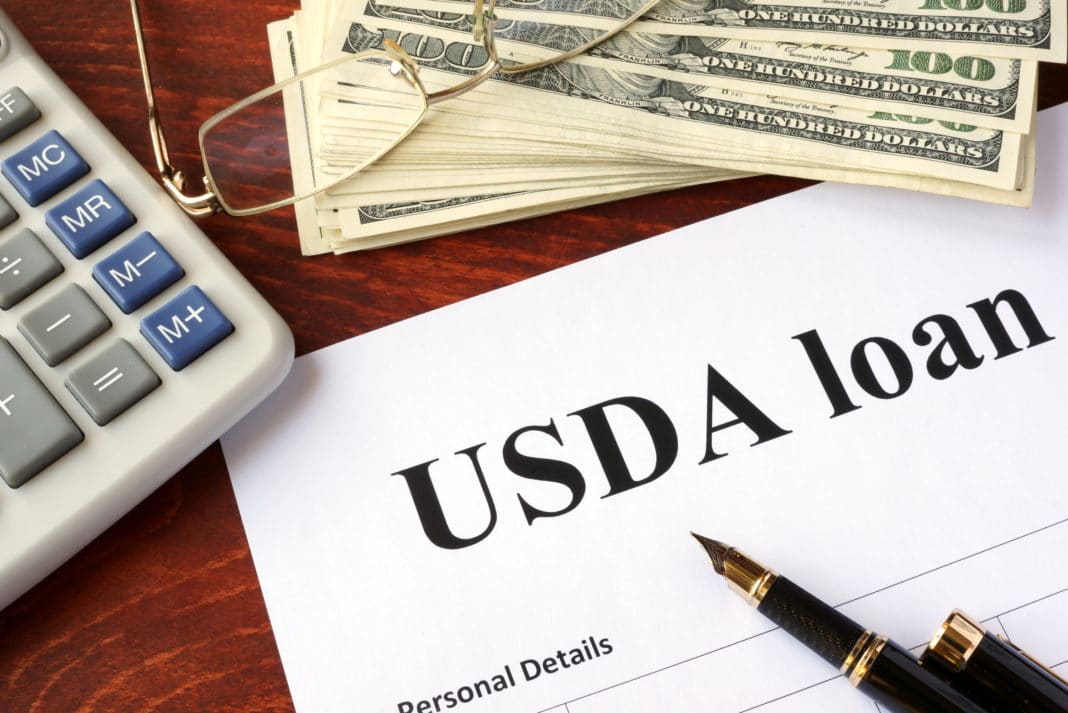What Are The USDA Loan Requirements?
USDA loans offer the lowest mortgage rates compared to VA loans, FHA loans, and conventional loans. Thus, these types of loans are very enticing for people looking to invest in a home in an eligible area. However, to qualify, applicants have to meet certain minimum USDA loan requirements. Even though the USDA loans are also referred to as ‘rural housing loans’, it doesn’t mean you automatically qualify for this loan just because you live in a rural area.
USDA loans are purposefully available to make owning a home more affordable to low to moderate income earners in rural and suburban who meet the USDA loan requirements. The U.S. Department of Agriculture is committed to making housing cheaper in these areas in the firm belief that this will help to promote development in these communities and enhance the quality of living.
USDA loan requirements are based on a number of factors including home location, credit score, household income level, and property usage.

Basic USDA Loan Requirements
Before diving into the details of the requirements, here is an overview of the minimum requirements;
- Be a U.S. citizen or permanent resident
- Have a stable and dependable income
- Have a credit score of at least 640
- Adjusted household gross income should not be more than 115% of the median income of the area
- The home should be in an eligible area and should be used as the main residence
However, it is worth noting that apart from the requirements stipulated by the USDA’s Rural Development Program, various lenders might have their own requirements.
USDA Loan Requirements – Location
While USDA loans are purposefully meant to enable people in rural areas to purchase a home, here, the term rural also covers many suburban areas. This means that you can still qualify if you are in an eligible suburban area. The USDA defines a rural area as an open country that isn’t part of an urban area.
Essentially, this means that almost 97% of the land in the country is eligible for a USDA loan. Over 100 million people are in these eligible areas.
To determine whether the home you are looking to buy is in an eligible area, then you need to visit the USDA’s eligibility site and put in the address.
USDA Loan Requirements – Household Income
USDA loans are designed to enable low to moderate-income households in rural areas to purchase, build, or refinance their homes. To ensure that the loans go the right people, the USDA has put in place certain income requirements.
The USDA sets a limit on the maximum adjusted annual income that a household generates in order to qualify. Annual household income refers to the total income that all adult members within a household earn, regardless of if they are part of the program or not.
The USDA’s income limits will vary from one location to another and from household size to another, to accommodate regional differences. However, in general, the income limits are set $90,300 for households with 1 to 4 members and $ $119,000 for households with 5 to 8 members.
The total qualifying income of household should not exceed 115% of the median household income of the area to ensure the intended recipients benefit from the program.
USDA Loan Requirements – Credit Score
In order to be eligible for USDA loan applicants should present proof of a stable and dependable income. In addition, they should have a credit history that showcases their ability and willingness to pay loans.
Ideally, the applicants should have a credit score of at least 640. However, applicants with a credit score below 580 can still qualify but under more stringent terms and guidelines.
There are various things that a lender takes into consideration to determine the creditworthiness of an applicant including;
- Credit score
- Duration of credit history
- Credit use
- Repayment patterns
If you don’t have any established credit, then don’t worry as you can still qualify through alternative credit verification from sources such as insurance payments, and rent and utility payments.
USDA Loan Requirements – Property
The USDA has set certain property requirements in order to protect both the homebuyers and the mortgage lenders. First, the home should be used as the applicant’s main residence. Secondly, the property should have a direct access to a driveway or street. Thirdly, the property should have sufficient and well-functioning utilities, access to fresh clean water, and have proper waste water disposal.
The property should be strictly residential and must not be used for any commercial gain. However, a property that has commercial greenhouses, barns and livestock facilities can still qualify if these structures are no longer used for commercial purposes.
Here are some other types of properties that may be eligible for USDA loans;
- Condos
- Modular or manufactured homes
- Homes on foreclosure
- New construction
So, there you have it, all the USDA loan requirements that you should know. USDA loans continue to be one of the best and most-favorable loan options available to potential homeowners. If you believe that you qualify for a USDA loan, then you should contact My USDA HomeLoan today.
For more information about USDA Guaranteed Home Loans, contact our USDA Loan Specialists at 281-801-9023.
